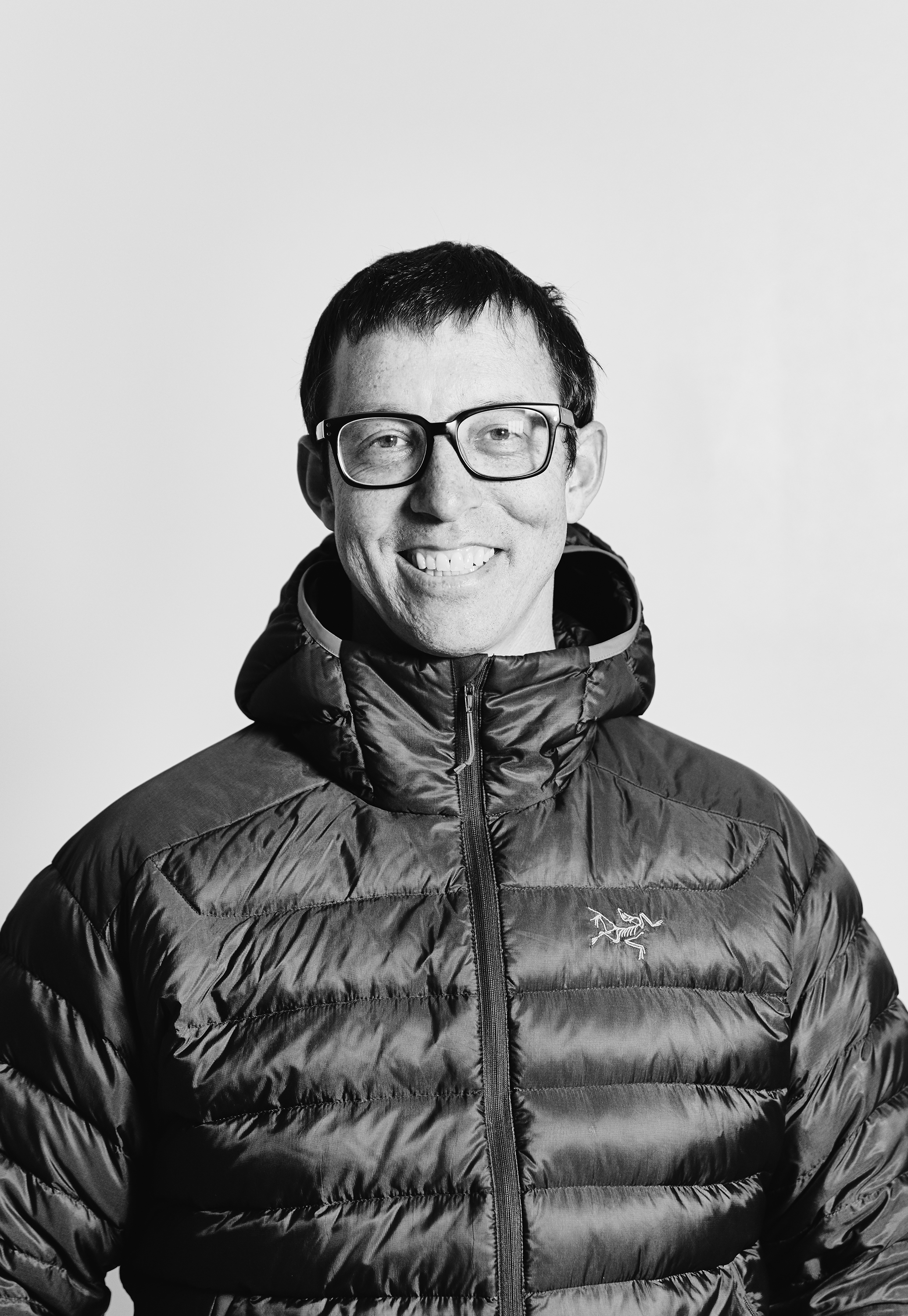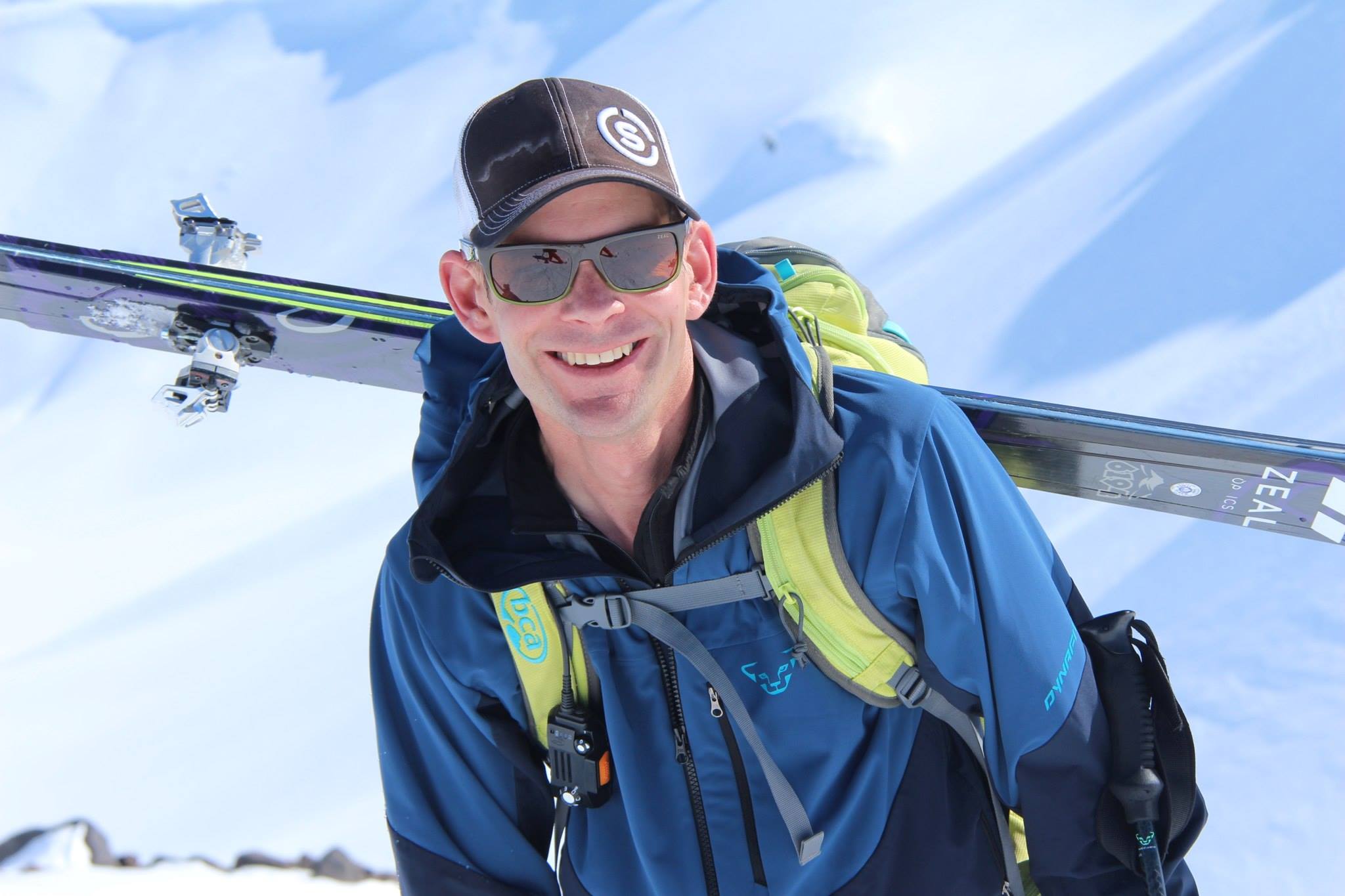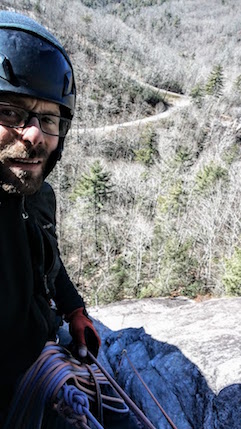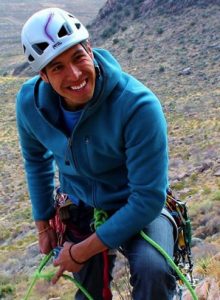What’s Weighing You Down
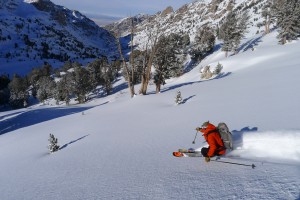 Ski guiding encompasses a broad spectrum from mechanized guiding to overnight touring even to off-piste ski guiding out of a resort. I adjust my kit based on the type of ski guiding I’m doing, same as you would, if doing a day of top rope climbing versus a long multi-pitch route. For me it has always been about a balance of weight, risk, rewards, and of course “the what if this happens?” When adjusting my guiding kit, I think about the following: what are my resources to a potential rescue, broken equipment or a change in plan.
Ski guiding encompasses a broad spectrum from mechanized guiding to overnight touring even to off-piste ski guiding out of a resort. I adjust my kit based on the type of ski guiding I’m doing, same as you would, if doing a day of top rope climbing versus a long multi-pitch route. For me it has always been about a balance of weight, risk, rewards, and of course “the what if this happens?” When adjusting my guiding kit, I think about the following: what are my resources to a potential rescue, broken equipment or a change in plan.
I like to envision my ski guide pack being similar to a carpenter’s tool belt. Everything has its place on the tool belt and most tools can be used for multiple things. Similarly, I always keep my pack organized, and certain gear and tools can double as rescue equipment. Another key similarity relates to weight. It’s important to have the right tool for the job—but you can’t bring the kitchen sink. An additional three or four pounds in my pack will make a big difference
over a long season at work. We can all guide with a heavy pack and “get it done” but it’s about setting your body up for longevity in this physically demanding career.
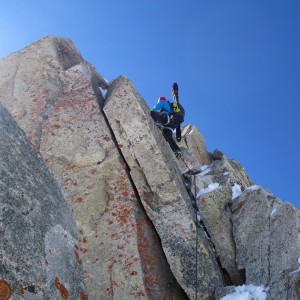 Here are few tips for adjusting your ski guiding pack. (Disclaimer this is very subjective and as a guide you need to play around with what works best for you and your type of guiding)
Here are few tips for adjusting your ski guiding pack. (Disclaimer this is very subjective and as a guide you need to play around with what works best for you and your type of guiding)
First Aid Kit: My first aid kit for mechanized guiding is bigger than ski touring. This is because there is a greater chance for a MCI (Massive Casualty Incident) resulting in more drastic need for medical equipment. Still my med kit is just under 1.5lbs. I have a slimmer version med kit for ski touring because the chance of an MCI is less likely. As a ski tour guide you are more likely going to deal with a single skier/rider incident.
Drag Bag/Emergency Tarp w/ ultra light pad: I have learned from two different ski-guiding incidents that having a drag bag/emergency tarp is vital. Every professional guide should carry one at all times. My recommendation is find a way to make it fit into your everyday kit. For me I have saved weight by having a drag bag customized with an extra ultra light sit-nylon sewn onto it. Therefore the drag bag is big enough to work as an emergency tarp shelter if needed. Pair the tarp with an ultra light pad and the kit weighs in at 1.2 lbs. It is a fair amount of weight and volume but the one time you take it out of your pack, is the time you need it the most!
Repair Kit: When helicopter and cat skiing, my repair kit is trimmed down to a point where I can get something repaired just enough to get back to the helicopter or snow-cat. For ski touring, my repair kit is bigger but still just enough to get us out of the field or salvage the day. While on an overnight trip, I will take a repair kit of substantial size. This includes having parts and tools necessary to make the trip happen. AMGA ski guide Ian Havlick has a great video on what he keeps in his repair kit. The biggest tip is learning how to use your inner “MacGyver” skills as well as being diverse at improvising in the field. Here is what you can commonly find in my ski touring repair kit for day ski touring trips in the lower 48 states.
Fire Source: Something I’ve learned over the years is you always want to have a way to start a fire. You are kidding yourself if you’re going to start a fire in the winter with a lighter. Therefore, I carry a starter flare. The flare allows you to start a fire in the winter, stay warm and if necessary signal for a rescue. I know some people love to carry a stove but for me I want to be able to start a large fire to keep my group warm incase of an emergency.
Snow Saw and Brush Saw: I never guide without a saw in my pack. Having an aggressive tooth snow saw in your pack can also double as a brush saw, which can be incredibly valuable in many situations. With this tool, you can cut an emergency-landing zone, help skiers and riders who end up in a tree well, or help an avalanche victim that has been pushed up against a tree
Avalanche Rescue Equipment: I don’t skimp in this area. It’s worth a couple extra ounces for a durable avalanche rescue. I use a shovel with a metal blade weighing in at about one and a half pounds. For probes, I use a length that is at least 250 cm. For mechanized guiding, I use an aluminum probe and for ski tour guiding, I carry a carbon-fiber probe.
 At the end of the day ask yourself some very important questions. Do I need this in my pack? Is there a lighter alternative? OR is this piece of equipment vital to the safety of my clients and meeting our group goals. Ultimately the most important thing is that your kit works for you and your type of ski guiding.
At the end of the day ask yourself some very important questions. Do I need this in my pack? Is there a lighter alternative? OR is this piece of equipment vital to the safety of my clients and meeting our group goals. Ultimately the most important thing is that your kit works for you and your type of ski guiding.
– Jonathan Spitzer





